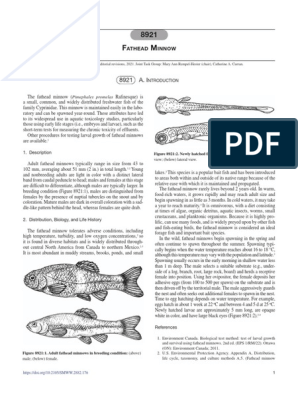100% found this document useful (1 vote)
97 views15 pagesBrown and Cream Illustrative Coffee Presentation
The document discusses the chemistry of coffee, highlighting its popularity as a beverage and its complex chemical composition, including caffeine, chlorogenic acids, trigonelline, melanoidins, and sucrose. It explains how these compounds contribute to coffee's flavor, health benefits, and the effects of different brewing methods on extraction. Additionally, it addresses the positive and negative health impacts of coffee consumption, particularly related to caffeine intake.
Uploaded by
Sophie ConverseCopyright
© © All Rights Reserved
We take content rights seriously. If you suspect this is your content, claim it here.
Available Formats
Download as PDF, TXT or read online on Scribd
100% found this document useful (1 vote)
97 views15 pagesBrown and Cream Illustrative Coffee Presentation
The document discusses the chemistry of coffee, highlighting its popularity as a beverage and its complex chemical composition, including caffeine, chlorogenic acids, trigonelline, melanoidins, and sucrose. It explains how these compounds contribute to coffee's flavor, health benefits, and the effects of different brewing methods on extraction. Additionally, it addresses the positive and negative health impacts of coffee consumption, particularly related to caffeine intake.
Uploaded by
Sophie ConverseCopyright
© © All Rights Reserved
We take content rights seriously. If you suspect this is your content, claim it here.
Available Formats
Download as PDF, TXT or read online on Scribd
/ 15

























































































